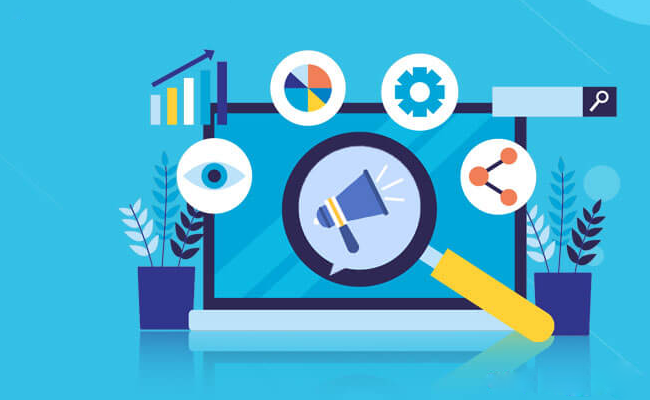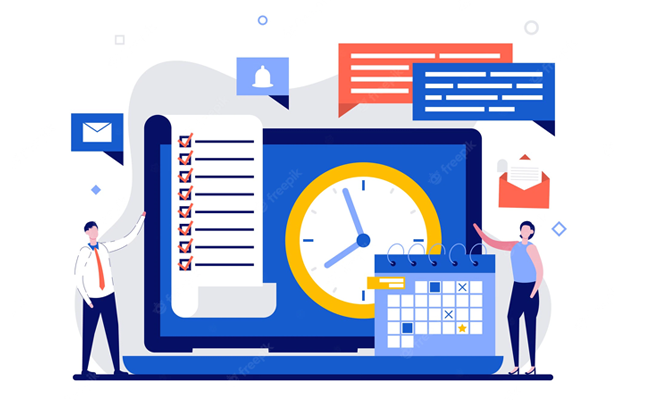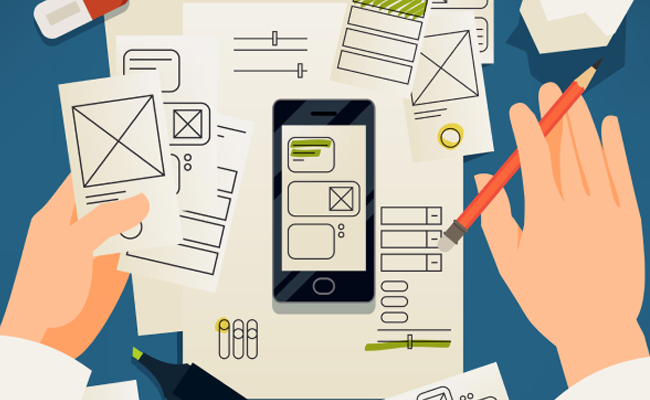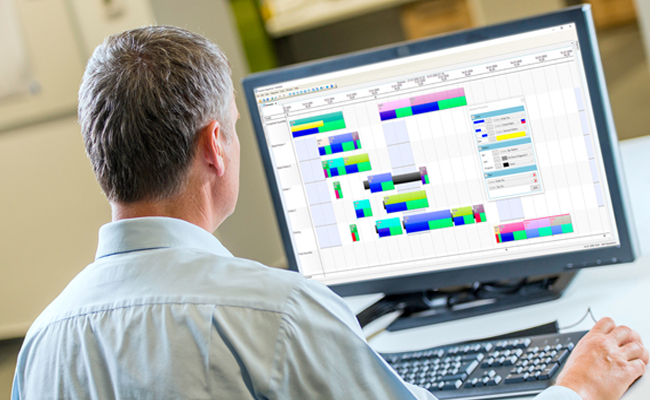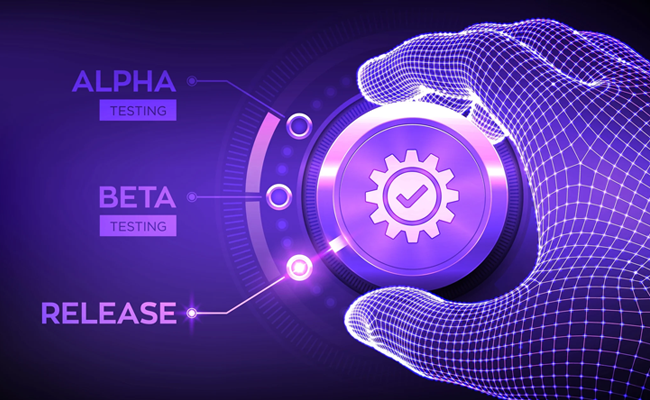Online ventures require more in-depth understandings of a company's corporate mission and its preparedness for meeting its goals. During this phase, core business needs are addressed, from market analysis and online brand building to existing marketing and communication strategies of the company.
The development process for each project is wrapped in a management layer responsible for the meeting of deadlines, schedules, budgets, and the building of teams and relationships throughout the project. During this phase, members of the various teams may be involved, but the goals are to create or respond to a Request for Proposal that succinctly outlines the needs of the project from the client's views.
